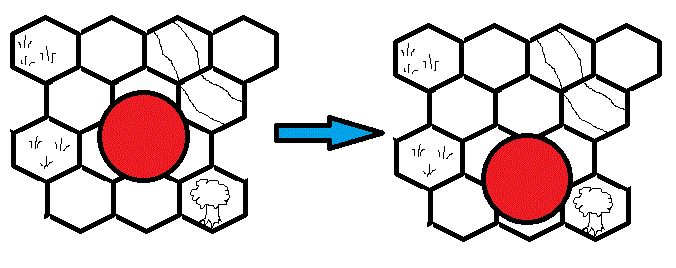Imaro
Legend
I totally get that, and I agree with what you're saying. Yes, just design the encounters to fit the scene. That makes total sense to me. All I'm saying is that it's not much more work to add a few bits of hindering or interesting terrain. And you don't even have to do it with the express desire of hindering diagonal movement. It's about making the best encounter for the scene. I don't see how this means a ton of extra work.
Will there be edge cases where a player finds a super optimal route? Sure, but in my experience (and again, this is just my experience I'm not saying everyone experiences things the way I do) once the first round of initiative passes there isn't much in the way of massive diagonal movement unless the scene is in a wide open space. And even then, there is a lot more straight on movement or tactical short movement than there is straight diagonal or zig zag movements.
I can't count the number of times people got the 1-2-1-2 movement wrong in the games I played. I would see people counting out their movement 2, 3 or more times because they would forget which diagonal they were on. That might say more about those players than the rules, but it was frustrating in the same way, I suppose, that some folks find 1-1-1-1 movement. LOL
Oh, I can definitely see the other side of the coin too... and upon re-reading my reply I feel I may have came off a little abrasively and I apologize for that.

